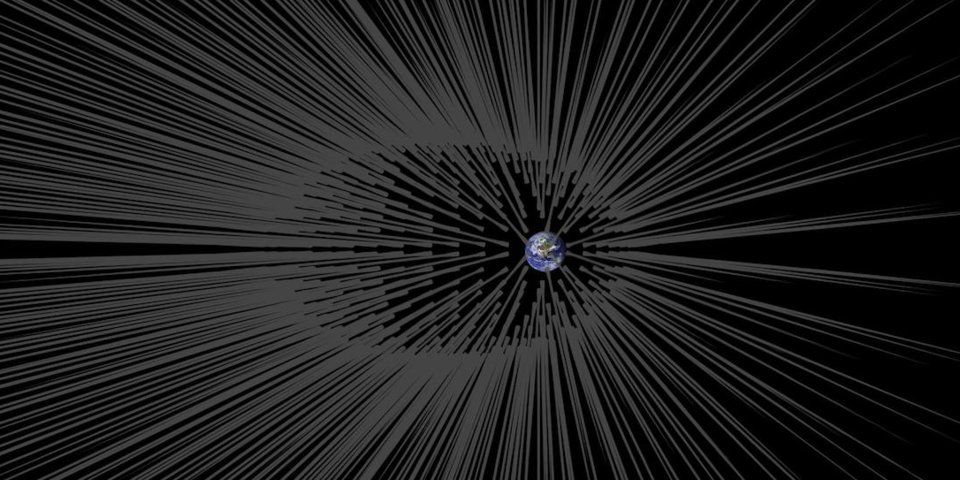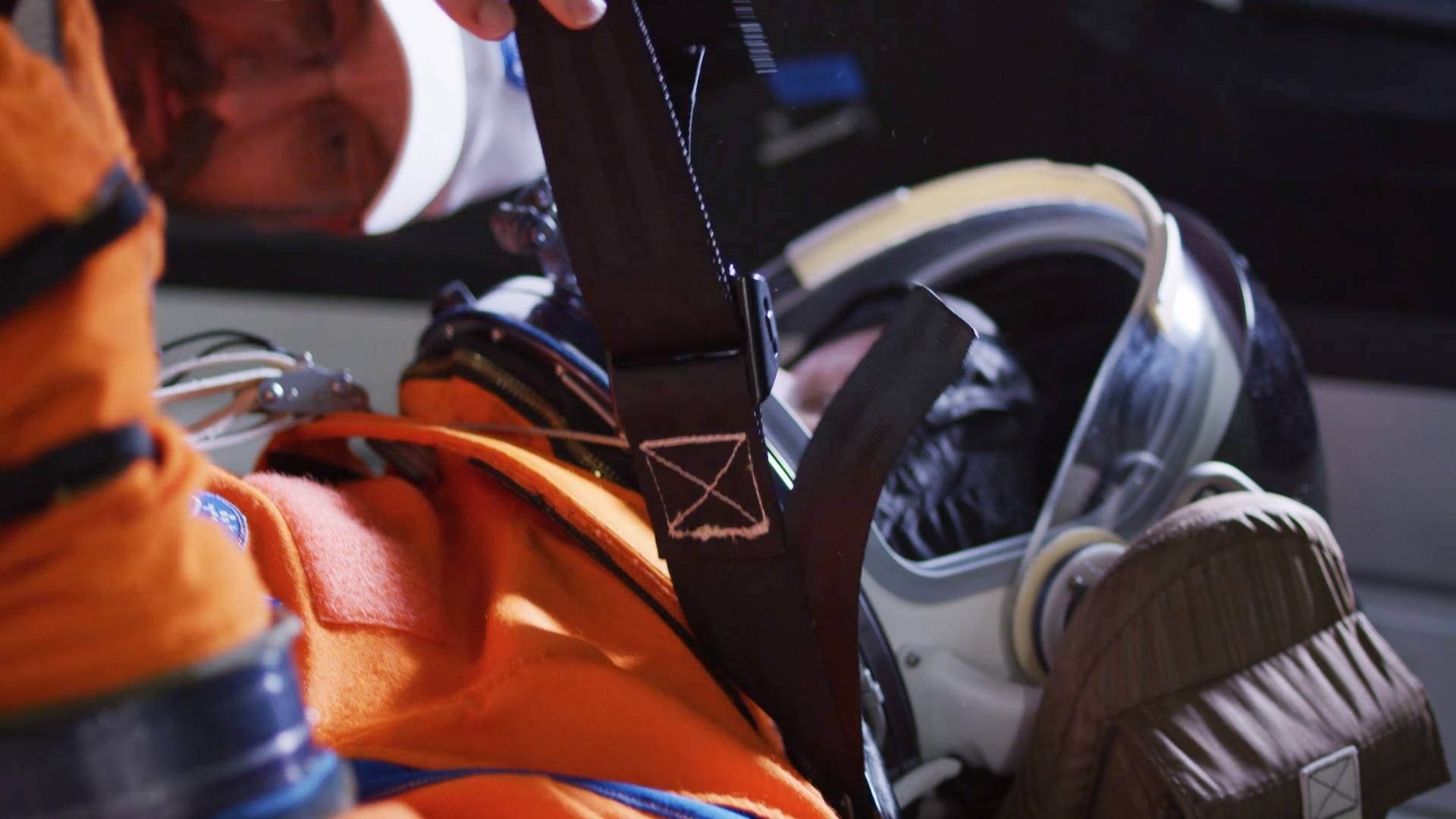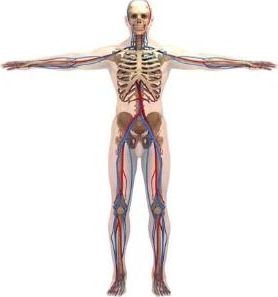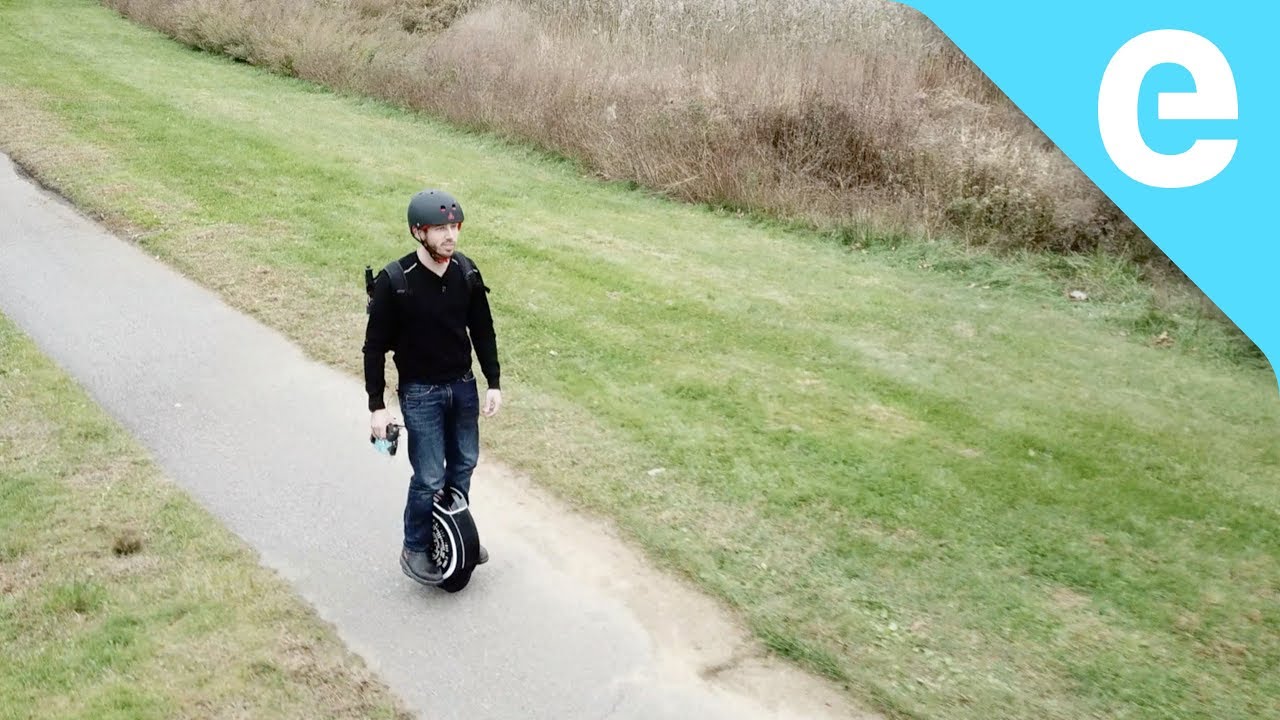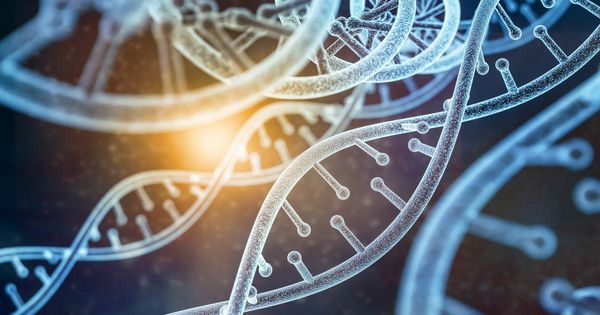Nov 16, 2018
By solving a mystery of gene repair, scientists uncover an exception to biology’s rules
Posted by Xavier Rosseel in categories: biotech/medical, education, genetics
👀
About 15 years ago, UNC Lineberger’s Dale Ramsden, Ph.D., was looking through a textbook with one of his students when they stumbled upon a scientific mystery.
A small line in the book indicated that a protein that helps repair major breaks in our genetic code did so by adding DNA, or deoxyribonucleic acid, as expected. However, there were hints that it could also add RNA, or ribonucleic acid, at least in a test tube. It seemed unlikely that this would occur during repair of DNA in living cells, since RNA is normally used only as a messenger to carry information from the genetic code to make proteins.


